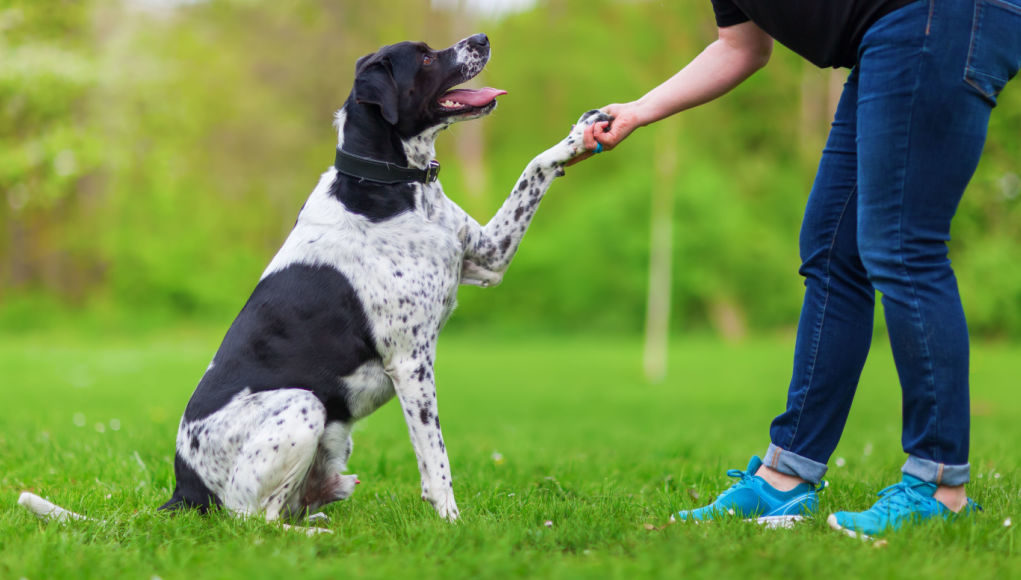Table of Contents
Whether you're looking to adopt a new dog or purchase a puppy, a temperament test can help evaluate the dog's behavior in various situations.
These evaluations can help you uncover whether the dog will be fearful, reactive, independent, or easy-going.
It can also help identify whether the newest addition might be too dominant or aggressive within a home.
These core factors can help you pinpoint potential problems with the dog's personality before bringing him home.
While searching for a new dog, a particular breed, size, or color may seem the top priority.
The dog's health, well-being, and personality should be essential before adoption.
How to Check a Dog's Temperament: 3 Ways to Identify Your Dog's Personality
Shelter or Rescue Personality Testing
Although many rescues or shelters will run their temperament or personality testing before placing the dog up for adoption, advocating for yourself is critical.
Many rescues and shelters use volunteers who want to help rehome pets but need to gain the experience necessary to perform a temperament test.
When adopting a dog from a foster home, the parents should be able to offer a better assessment of the pup overall.
Ask lots of questions, from essential personality traits to specific situations, to ensure the foster remembers vital details.
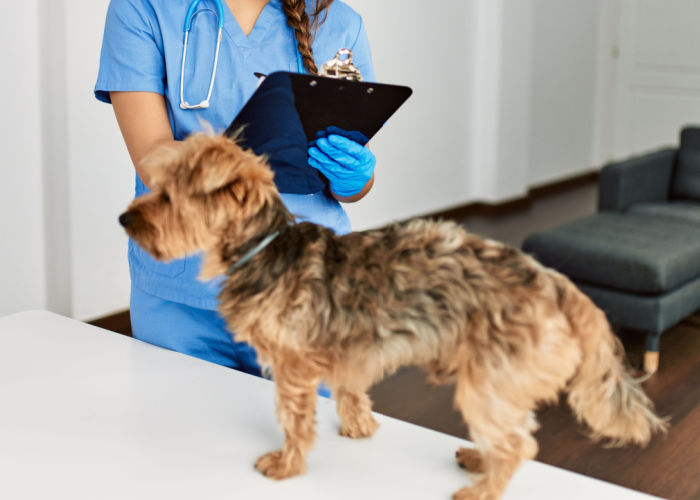
Volhard's Puppy Aptitude Test
The Volhard's Puppy Aptitude Test was created by Jack and Wendy Volhard who are internationally recognized for their contributions to dog nutrition, health, and training.
Wendy developed a broadly used tactic for evaluating puppies with six different considerations.
The Puppy Aptitude Test (PAT) is geared toward younger dogs but can also have value for older ages.

6-Point Dog Temperament Test List
A dog within a shelter is going to be highly stressed, anxious, and nervous overall.
These dogs may also exhibit signs of confusion, especially if they've recently surrendered.
Offer the dog extra time to become comfortable with you to determine the dog's real personality.
If you're adopting a puppy, ask the organization about any socialization that's already occurred.
All puppies should be heavily socialized between three and sixteen weeks.
Steps to Dog's Temperament Testing
1. Observe the Dog
Locate a quiet room where you can observe the dog in a relaxed setting.
Many shelters have observation rooms available for potential owners.
When you arrive, let the dog off the leash and allow complete independence to sniff the room.
An easy-going dog will come almost immediately and want to socialize with you.
Look for a dog with its ears up and forward, tail erect and wagging (or quickly shifting from side to side).
These dogs will come to check you out, sniff you, interact, and exhibit excitable behavior.
Independent dogs will likely keep their distance from you and could even give you the cold shoulder.
These dogs will limit social contact, preferring to investigate exciting items independently.
These dogs will likely maintain the same body contact as the easy-going dog but won't interact as frequently.
A fearful dog will always hesitate to make interaction with you.
Fearful dogs will hold a lower body posture, keep their ears back, and the tail may end up between their legs.
These dogs may cower or sit in the corner while trying to avoid you.
The aggressive dog will come in ready to attack, especially when it comes to barking and lunging.
Aggressive animals will always show their teeth, raising hackles on the back of the neck too.
If you notice a genuinely aggressive dog, stop the assessment, and alert the shelter.
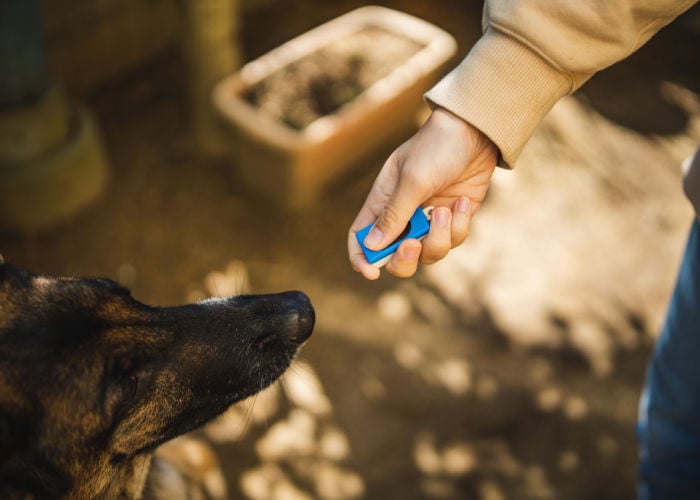
2. Test Your Dog with Sound
All homes will have varying levels of noise and chaos throughout the house.
Always test a potential match for different types of sounds during your observation. Try shifting the volume of your voice, along with the tone.
Vary things from a high-pitch baby voice to an average speaking volume.
Bang a chair or drop your keys on the ground to see the reaction.
Noises won't bother the easy-going dog, as they typically enjoy being talked to. This dog will likely come to you and start interacting.
Look for behaviors like wagging their tail, wanting to be pet, or trying to decode what you're saying.
The independent dog will likely listen to you attentively but won't investigate further.
Loud or sudden noises won't startle the independent dog either.
That's as far as contact goes with the independent dog, limiting interactions until they've decided they'd like to proceed.
The fearful dog is commonly drawn to high-pitched voices but is probably too afraid to approach you.
Loud or sudden noises will make the dog retract, cowering in the corner of the room or far away from you.
Dropping keys makes the dog startle, having the dog move back and cower away from the items.
Alternatively, a fearful dog may growl or show teeth in fear at the unidentified thing.
An aggressive dog is highly unpredictable. They may bark at you, show teeth, or lunge at you.
The aggressive dog will try to attack or react to keys dropping confrontationally.
It's best to avoid intentionally adopting a dog with unprovoked aggression.
3. Understanding Touch Boundaries
If trying to pet the dog, remember it's under stress, even if presenting as calm or easy-going.
Sudden movements or jerking motions can startle any dog. Start by allowing the dog to smell you, turning your body to the side to avoid confrontation.
Should the dog immediately approach, offer a treat or pet under the chin. Avoid reaching above the dog's head.
The easy-going dog will always welcome your attention, leaning into affection and trying to beg for more interaction.
The independent canine will likely come when called to check things out but won't let you pet him for long periods.
Once the dog has had enough, he's likely to walk away and lay out of reach.
A fearful dog will refuse to approach, avoiding eye contact and keeping its head low. The fearful dog will keep his tail down and curled.
Additionally, a timid dog will occasionally have his ears slicked back and may lick his lips repeatedly if forced into contact.
A dog that has shown any signs of aggression up to this point should not be approached.
Avoid touching this dog and keep all movements away from the face and body of the dog.
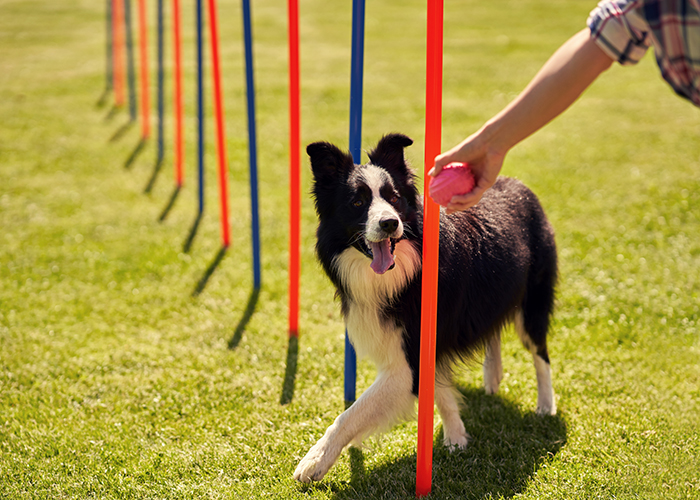
4. Trying Play Activities with the Dog
Ask the shelter what toy or game the dog enjoys playing.
Play a quick game of fetch with the dog but avoid pulling games like tug of war (these can cause nipping or reactive play).
An easy-going dog will happily play and interact with you.
They enjoy getting the toy and bringing it back (although the dog may not offer it, depending on the dog's previous training).
Note the tail wagging in excitement and playful stance when interacting with the dog.
The independent dog could want to play with toys but seldom interacts with you.
This dog will likely avoid playing fetch and won't return the toy if thrown. He may not play with the toy at all.
A fearful dog won't be interested or engaged with playing immediately, although you could coax him after considerable time together. This dog depends on the severity of the fear.
An aggressive dog should be left alone at this point. It's unsafe to attempt playing with an aggressive or reactive dog.
5. Walking on a Leash
Every dog personality can pull when walking, primarily if they have yet to be taught previous leash etiquette.
Training to heel and not pull is relatively simple, so don't worry about that aspect until later.
An easy-going dog is excited to get going. The pup may rush to get outside, enjoying the atmosphere and exercise.
These personalities aren't bothered by cars, bikes, dogs, or people.
Most dogs in this category will want to greet everyone and approaches with a happy and wagging tail.
The independent dog will tolerate a leash but won't act overly excited to go for a walk.
These dogs aren't bothered by other people, cars, dogs, or bikes but prefer not to be petted by strangers or children.
A fearful dog is probably afraid of the leash, cowering in the corner of the room and hesitating to move.
If you get the dog outside, the fearful personality will startle with loud noises.
Dogs forced to walk when afraid can react in fear, leaving them susceptible to biting.
You should not force an aggressive dog into this situation at this time.
Consider looking for a different dog if the pup has shown outward signs of aggression to you during evaluation.
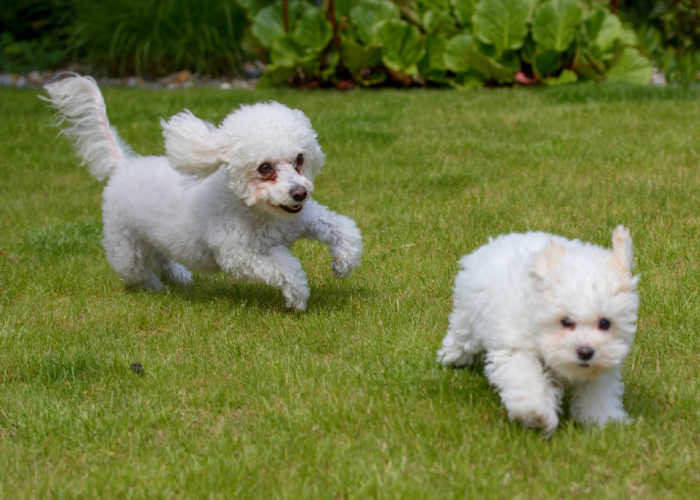
6. Introduce to Other Pets
Although this may not be possible, ask the shelter if you can make introductions to other dogs (or animals in the shelter) to see how they interact.
Ask the shelter or foster family how the dog behaves around other animals and whether they've noticed any aggression or reaction to specific species.
The easy-going dog will often play or ignore other animals.
Occasionally, this personality will interact and play with other dogs when they feel like it.
An independent dog will probably check out other dogs but will prefer to stand solo in a pack.
The fearful dog may try to hide behind objects or humans or escape the situation.
These dogs may also react with vocalizations, trying to warn other dogs that he's afraid and to stay far away.
Aggressive dogs will charge, bark, lunge, or fight with other dogs.
Aggressive dogs shouldn't receive an evaluation for interactions with other animals.
Understanding the Four Basic Personalities
There are a few fundamental influences on a dog's personality that can determine the type of dog he's going to become.
These influences include the dog's genetics, environment, socialization, and previous training.
Although you can't change the specific genetics of your pup, you can offer proper training and socialization from an early age.
If adopting a mixed breed dog, the genetic profile becomes more challenging to determine overall.
The Happy and Easy-Going Dog

This dog is arguably the best personality to adopt.
The dog wants to please people, enjoy your company, and tends to get along well with everyone.
These dogs are ideal for new owners, as many issues resolve with basic training classes.
The Independent Dog

Your independent dog is less inclined to socialize with you all the time.
These dogs won't typically follow you throughout the house and can enjoy the time when left alone while you're at work.
These dogs aren't as eager to please, making them more headstrong and stubborn overall.
The Fearful Dog
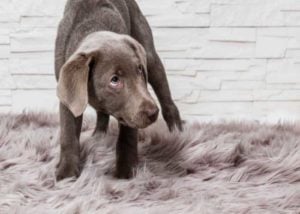
Any fearful dog often presents with a wide array of challenges.
Occasionally, fear in dogs can develop a reaction that comes across as aggressive.
Unfortunately, these pups are simply afraid and trying to protect themselves at all costs.
This personality will require patience at home, especially with training and confidence building.
Ensure you understand the requirements of bringing home a fearful dog, especially if you have small pets or children.
Never adopt this type of dog because you feel sorry for it.
The Aggressive Dog
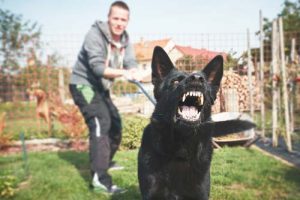
Only the most experienced trainer, handler, or owner willing to work with a behaviorist should adopt a truly aggressive dog.
It's challenging to find a dog up for adoption that is genuinely aggressive, as many shelters already have a protocol for these behaviors and mitigating them before adopting out.
A dog that cannot manage the symptoms of aggression may be put down, especially if they attack humans.
All dogs are unique in their personality and quirks.
Your dog's personality may not fit into one of these four categories, instead shifting between a few different areas throughout its life.
ALSO READ: Dog Personality Test: Requirements and Testing Process
How To Check a Dog's Temperament: Conclusion
Although behavior isn't guaranteed, there are several risk factors you can evaluate and monitor before committing to rescue a dog or puppy.
Many personality traits can shift throughout the years, especially with intervention and training.
Assessing how the dog might adapt in your home before committing to a personality that doesn't match is essential.
New owners should try to adopt a dog in the easygoing category whenever possible.
Avoid aggressive or fearful dogs if you're inexperienced with training and behavior modification.


